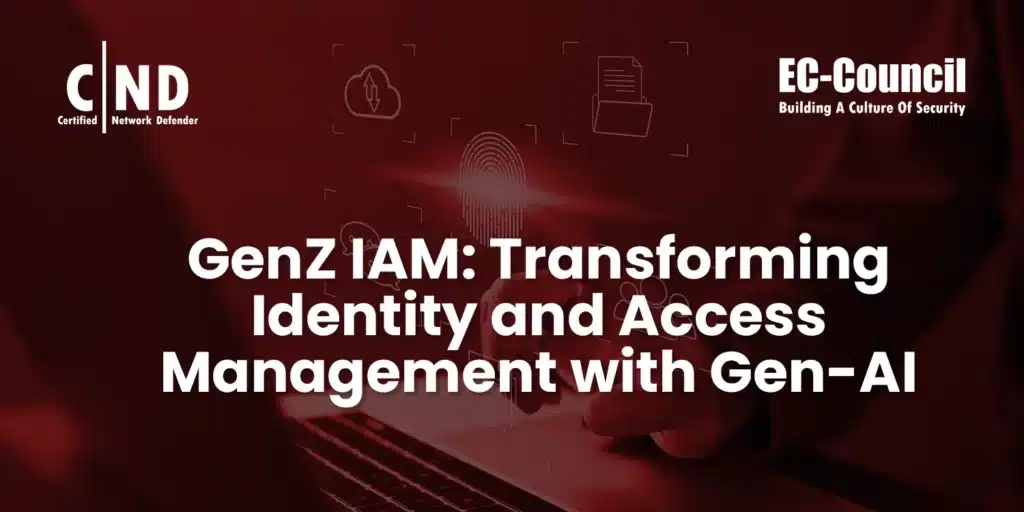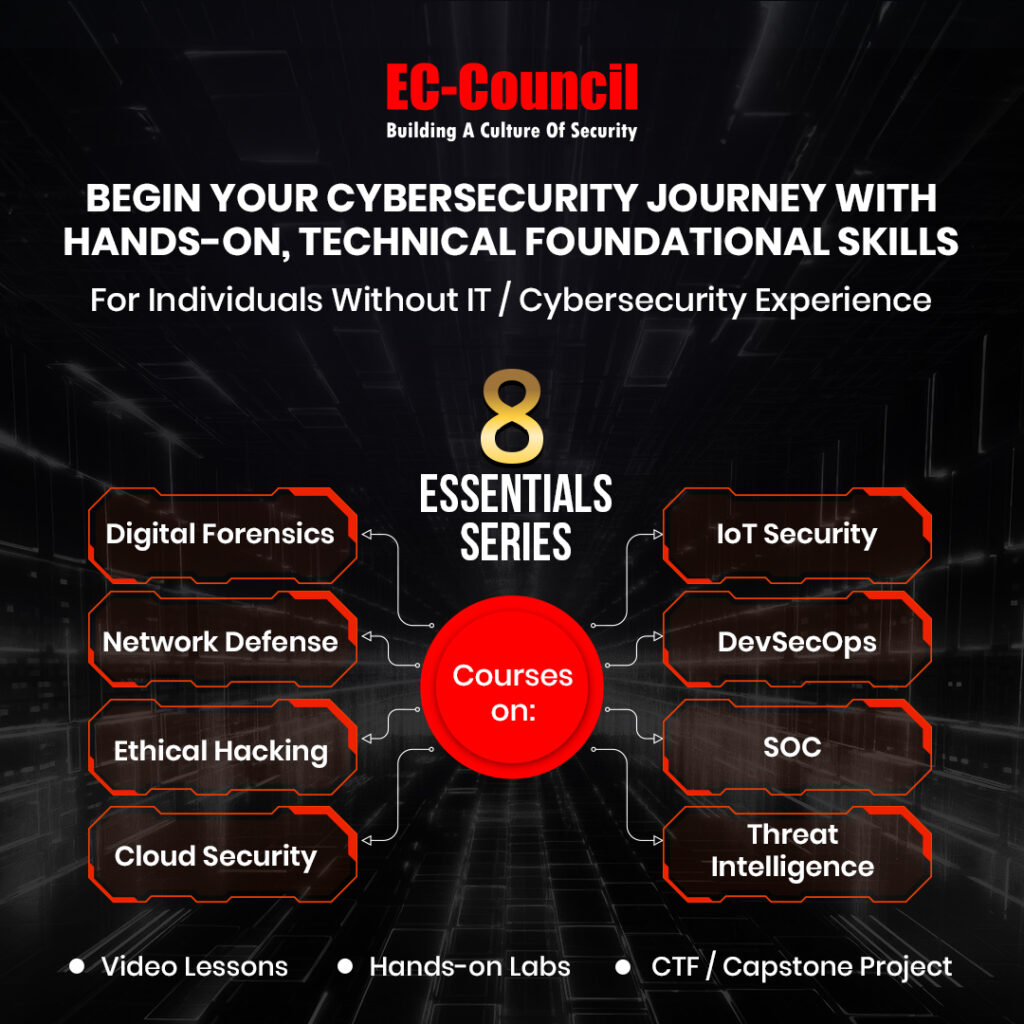In today’s digital landscape, identity and access management (IAM) and regulating access to sensitive data and resources are paramount for any organization. From a zero-trust framework to a cybersecurity mesh architecture, the identity fabric is the core and is considered the most critical element in defining your security strategy. It is and was IAM that enabled businesses to function, keep their lights on, and run during the pandemic, with a secured remote workforce login and adaptive access management concepts.
However, traditional IAM techniques and technologies often struggle to adapt to the dynamics and complexity of modern applications and technology. There is a need for the next version of advanced and scalable IAM technologies with a core foundation. As digital platforms become more popular and advanced, the blooming generation, commonly referred to as GenZ, enthusiastically embraces and appreciates them.
Gen-AI (Generative Artificial Intelligence) and IAM together hold immense potential to strengthen IAM processes, simplify the integration and administration complexities, act on threats in near real-time through predictive analysis, improve user experience, and provide additional features and functionality, alongside greater agility and efficacy, for enhanced operation.
Artificial intelligence is breaking myths in the tech sector every day, changing the definition of sales from ‘What is Seen Sells’ to ‘What is Trending Sells.’ Millennials are descending, and GenZ will ascend as the new customer base in the near future. It’s time we started brainstorming about GenZ IAM.
Are IAM and Gen-AI Big Bets for Organizations? What Do Market Analysts Say?
According to a market analysis report from Blueweave Consulting group, during the forecast period between 2023 and 2029, the global IAM market is to grow at a significant CAGR of 15.45% and reach a value of USD 43.1 billion by 2029, compared to USD 15.8 billion in 2022 (BlueWeave Consulting, 2023).
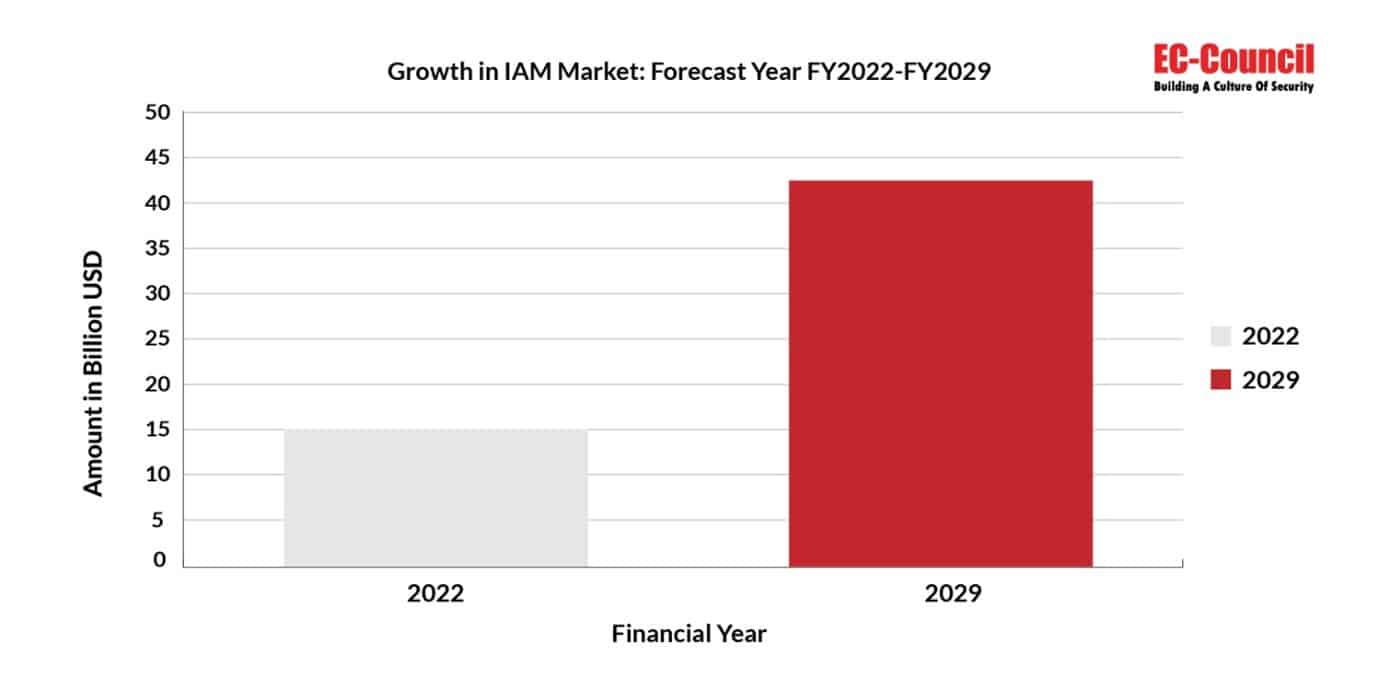
Source: BlueWeave 2023.
The interesting point to note is that the major drivers include the integration of IoT (Internet of Things) and AI with IAM. Along with this, rising awareness of regulatory compliance, growing dependence on digital platforms, automation, and cloud adoption are still strong points for IAM adoption. Based on the current trends, it can also be inferred that businesses are interested in solutions powered by AI, which includes advanced identity analytics, user and entity behavior analytics (UEBA), dynamic security controls enforcement, guided authentication and proofing, advanced application onboarding, and risk-based real-time/near-real-time features like AI access & assist. Not only this, but the trajectory of banking is also set for an accelerated shift due to the inclusion of artificial intelligence.
AI-driven modifications align seamlessly with financial institutions’ customer-centric approach, enhancing connectivity and delivering a superior digital experience. Key AI strategies include natural language processing (NLP), deep learning, reinforcement learning, generative adversarial networks (GANs), computer vision, and predictive analytics (Precedence Research, 2023).
The market is projected to have a promising growth trajectory in 2023 and is expected to soar to USD 236.70 billion by 2032 at a CAGR of 31.7% (Polaris Market Research).
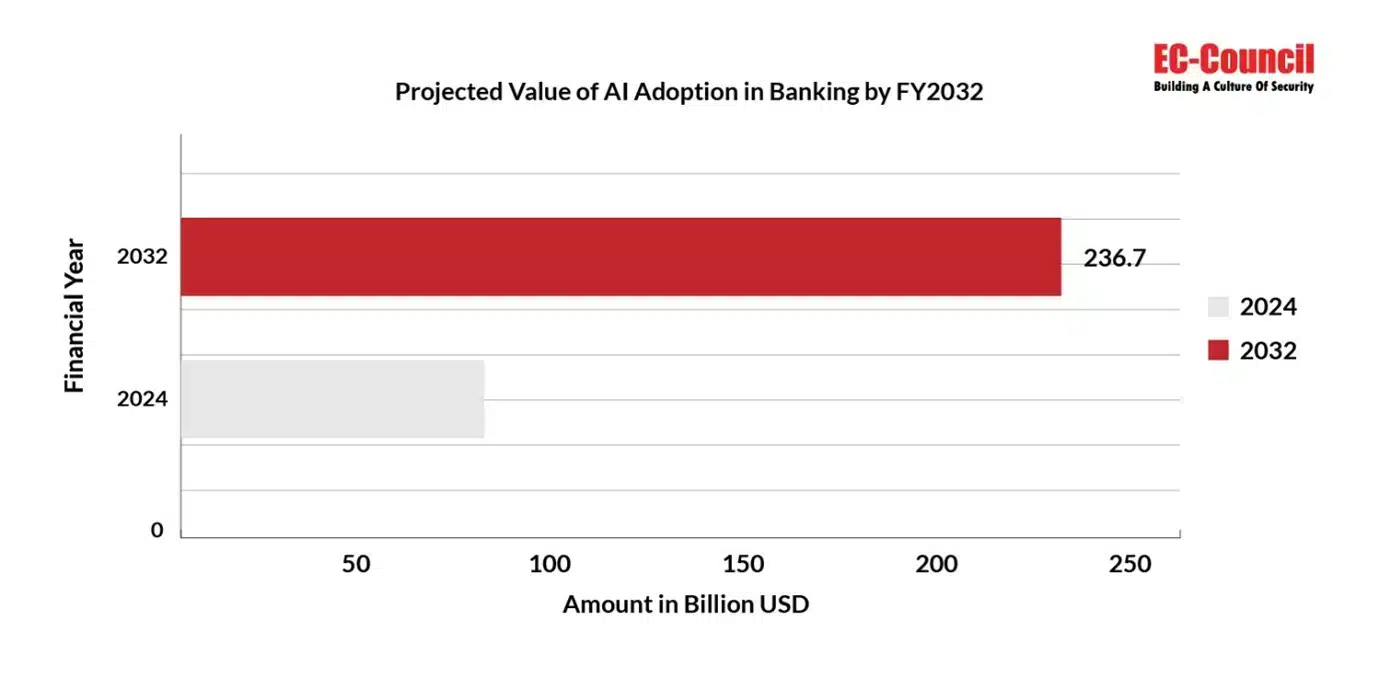
Source: Polaris Market Research.
What Are the Problems in the Existing IAM Space?
As more organizations globally adopt IAM solutions, the associated costs have become substantial, reflected in the current IAM market revenue of approximately USD 18.1B in 2023 (Grand View Research, 2023). However, traditional IAM and IAM 2.0 still have many challenges associated with them:
- Access management reviews are still quarterly, half-yearly, or yearly events. This not only makes it difficult for decision-makers to deal with a high volume of data for reviews but also poses challenges in accurately identifying privilege escalation, data breaches, and various related threats in a timely manner.
- For new employees, getting access and getting acquainted with their usage still takes at least a week to a month. Isn’t that unbelievable?
- When making an access request for an entitlement or role, the end user may be unclear on whether they are eligible to request such access, which may lead to a violation.
- Approval and request processes are very lengthy and often involve manual approvals (single/multi-level), even though manual approvals are the least privileged.
- Just-in-Time (JIT) access and time-bound accesses are the least used options, as access assignments are more static in nature due to technological complexity.
- There is less visibility on entitlement and role information (least privilege access for an application, description, level, and impact of access, risk category, compliance linked to the access, and target application).
- Even after purchasing a product, application onboarding is the job of technical folks and requires extensive customization to meet organizational objectives. Maintenance, updates, and upgrades are other pain areas.
- It takes months to identify whether a privilege escalation caused by an insider led to a data breach.
- Adaptive access controls are not available in traditional IAM and are still underdeveloped in IAM 2.0. More data enrichment is required to make these controls robust.
- Predictive analytics on identities is still a distant goal.
- A converged solution for identity and data governance is unavailable, forcing organizations to rely on different products and SKUs, leading to data redundancy, unexpected complexities, and increased costs.
- Real-time anomaly detection and acting on them in real-time is still in the development phase.
- Overall, the user experience of using the features is cumbersome and needs improvement.
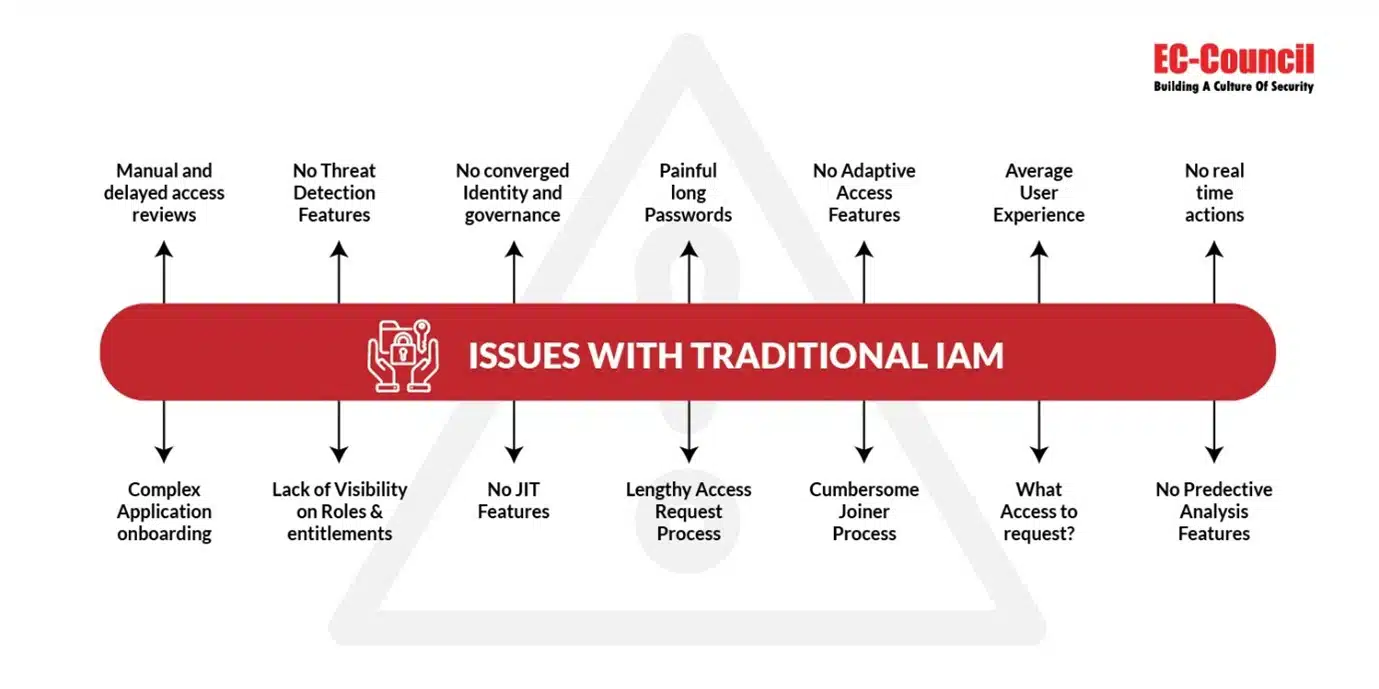
How Can IAM and Gen-AI Be Game-Changers Together?
Now, considering GenZ’s expectations, we can imagine these possible digital disruptions by combining IAM and GenAI. These features will not only revolutionize the IAM market but also attract GenZ to this fast-evolving technology.
AI access assist
AI-powered access assistance can provide end-users with adequate information, including the level of access, risk levels, breach impact, and modus operandi. It also clarifies existing and new application access requirements, including the roles and entitlements required to perform their roles and responsibilities. This AI-powered Access Assist could be a chatbot or a GPT (Generative Pre-trained Transformer) and can function bidirectionally in voice/text mode.
Model access recommendations
“What accesses must one have as per the least privilege concept for my job role, and for which of them does an individual need to raise an access request?”. This is the biggest unsolved question in any organization. With AI and supervised learning, we could categorize and tag these individual accesses as Org-Generic, Job-Role-Generic, Job-Function-Generic, Unique, etc., based on business and RBAC requirements along with a color code representing SOD (Segregation of Duties) and risk factors. Further, the AI model can recommend the access sets based on the requirements at various stages of an identity lifecycle.
UEBA-based access control and identity proofing
With the advancement of technology and AI, passwordless authentication techniques using face ID and voice authentication are not safe. Deep fake and voice modulation techniques are belting these factors ruthlessly. It’s high time we focused more on breach-resistant MFAs, which complement adaptive access techniques. Using the same Gen AI, we could create supervised and unsupervised learning models that are identity-specific and focused on user entity behavior parameters. These models can be integrated into the MFA enforcement and decision-making logic of access control solutions to neutralize unauthorized attacks in real or near-real time. This integration will also help applications track and challenge impromptu identity behavior through identity proofing in near-real time.
Guided random passwordless authentication
Authentication pattern is the most confidential decision within an organization and the prime focus for the attackers during reconnaissance. Using AI, you can allow an end user to enroll multiple factors of passwordless authentication (Like all fingerprints, retina, TOTP (Time-based One-time Password), magic email links, soft token, and hard token) and challenge an end user to authenticate randomly using a chain of these factors based on their configured preferences. This random guided pattern of authentication is not easy for an attacker to crack because of its dynamic presentation to the end-user and the complexity of hacking the entire possible pattern.
Unified anomaly and threat detection followed by risk-driven reviews and attestations
Most of the governance solutions available in the market are collecting changes through a scheduled collection. Due to this, there is a high possibility of missing incidents taking place at targets within a certain time window. AI and ML can help here by learning critical status and error codes from integrated apps and machines, and based on that learning, they can help immediately notify or take action, which can help businesses overcome the visibility issues that exist at present.
Questionnaire-based application onboarding
Application onboarding is always a hot topic in IAM, and why shouldn’t it be? Onboarding an application from authentication, authorization, and governance has its own life cycle and prerequisites. But, if you dive deeper, the use cases remain the same in all these cases; it’s just the logic is different. It is also seen that the standard best practices used across the industry are the same, with some tweaks involved. AI can help here as well by integrating a logic factory with standard and generic connectors. A business owner can answer the questionnaire, select the OOTB logic required for business (From the logic factory powered by AI), and submit the requirement through a questionnaire. In the backend, the product should be able to adapt that logic and deliver the integration on the go in simulation mode. Once the business owner approves the simulation-based outcome, it should be deployed and brought into real action (i.e., Production).
Advanced analytics, dashboarding, and reporting
AI and ML models can help here by intelligent reporting with actionable insights, highlighting critical issues, trends, and potential vulnerabilities. It can help optimize access to control privilege escalations. AI-driven solutions can provide accurate and robust authentication as they reduce the dependencies on elements that are frequently prone to hacking and phishing (EMR Claight, 2024). For individual users, AI can help them with a personalized dashboard with risk scores and suggest recommendations that can allow them to stay compliant and help them make decisions about their self-access, which will further aid the overall certification process.
Integrated gamified security training
AI and ML can help create interactive and engaging content with gamification tailored to IAM business use cases. This will help end-users make quick decisions during critical times and strengthen overall security.
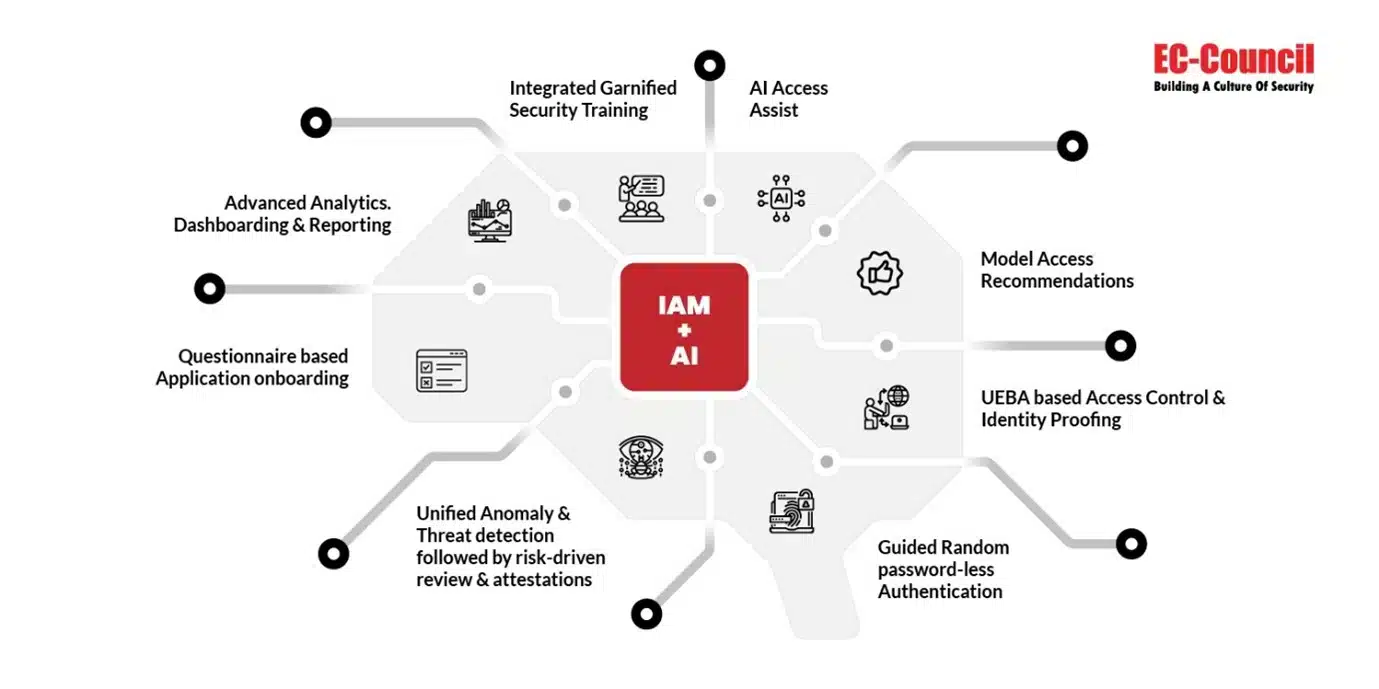
Conclusion
Implementing a GenZ IAM system enhanced with GenAI capabilities offers revolutionary and transformative benefits across industries, including Banking. For Banking, an AI-enhanced IAM streamlines customer access, fortifies fraud detection in near-real-time, ensures compliance with mandatory regulatory standards, and thus enhances customer trust, experience, and operational efficiency. Also, by integrating AI with IAM, organizations can adapt to evolving threats, learn from user behavior, and provide proactive security measures. This convergence represents a significant leap toward smarter, more secure, and more responsive IAM solutions—enabling organizations to thrive in a rapidly changing digital landscape.
Reference
BlueWeave Consulting. (2023, November 20). Global Identity and Access Management (IAM) Market Size Zooming 2.7X to Touch USD 43.1 Billion by 2029. https://www.blueweaveconsulting.com/press-release/global-identity-and-access-management-iam-market-size-zooming-2-7x-to-touch-usd-43-1-billion-by-2029
EMR Claight. (2024). Global Identity and Access Management (IAM) Market Outlook. https://www.expertmarketresearch.com/reports/identity-and-access-management-market
Grand View Research. (2023). Identity And Access Management Market Size, Share & Trends Analysis Report By End-use (BFSI, Education), By Component (Directory Service, Provisioning), By Deployment (Cloud, On-premise), And Segment Forecasts, 2023 – 2030. https://www.grandviewresearch.com/industry-analysis/identity-and-access-management-iam
Precedence Research. (2023 July). Generative AI In Banking And Finance Market Size, Share, and Trends. https://www.precedenceresearch.com/generative-ai-in-banking-and-finance-market
Polaris Market Research. Artificial Intelligence in Banking Market Size Worth USD 236.70 Billion By 2032 | CAGR: 31.7%. https://www.polarismarketresearch.com/press-releases/artificial-intelligence-in-banking-market
Tags
About the Author



